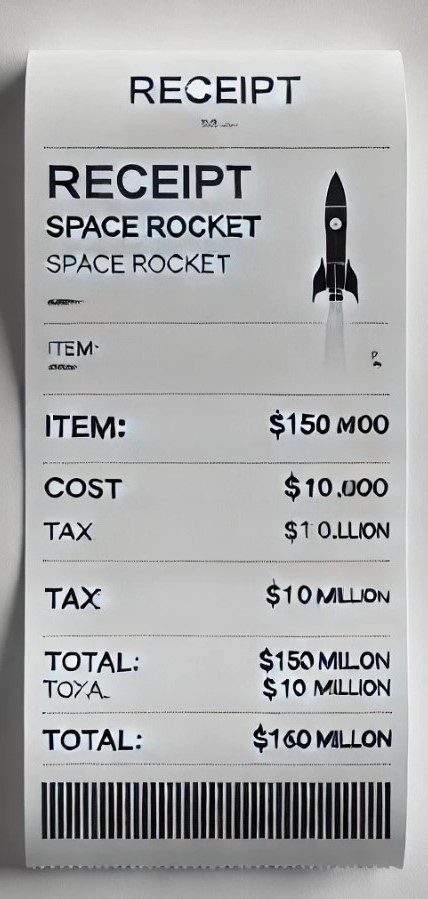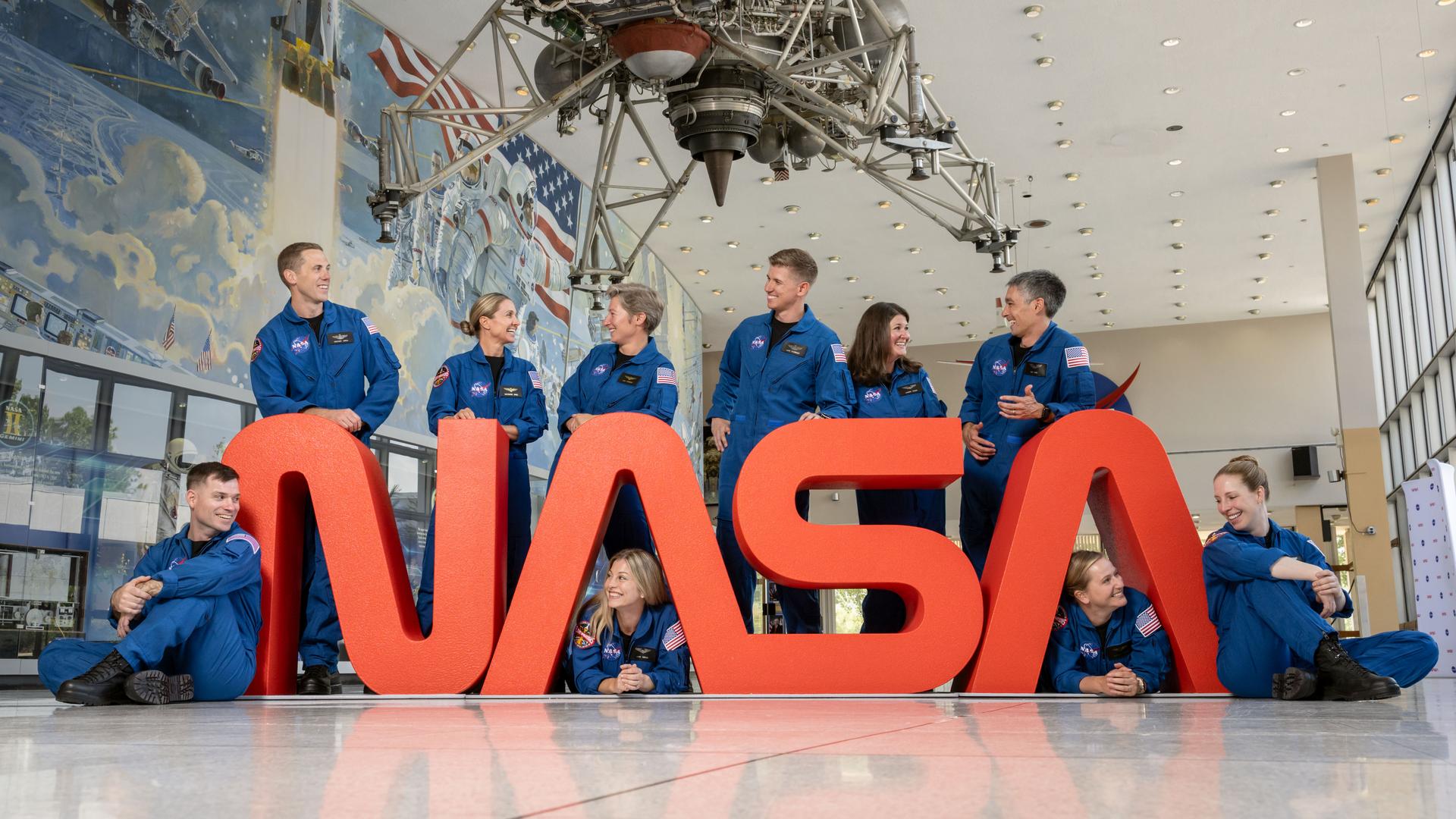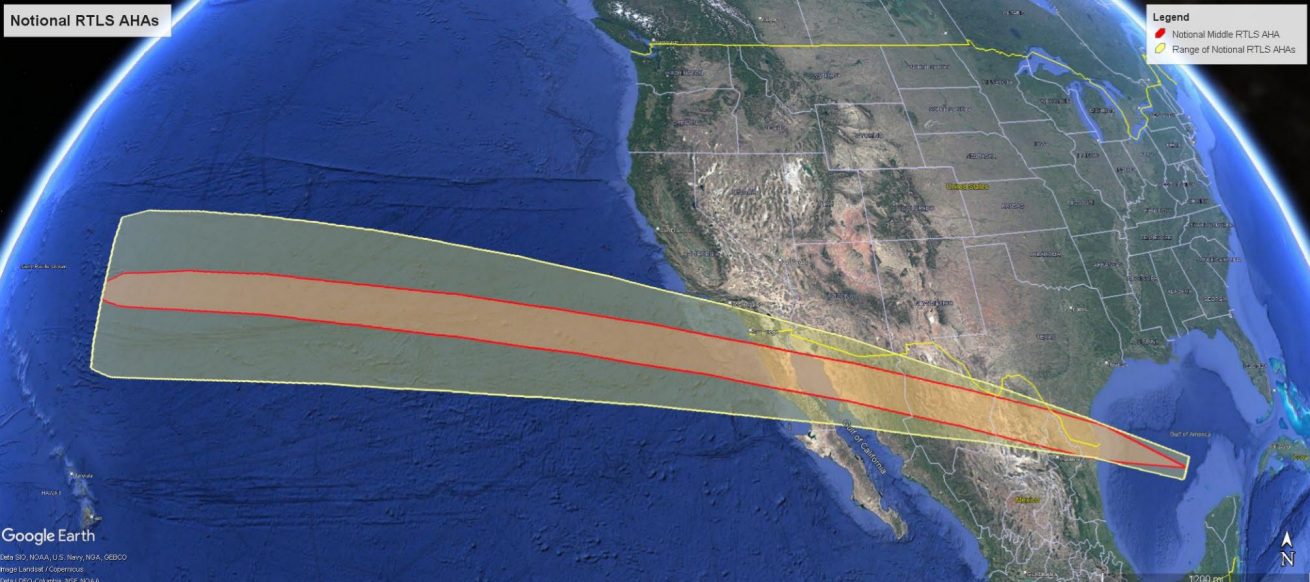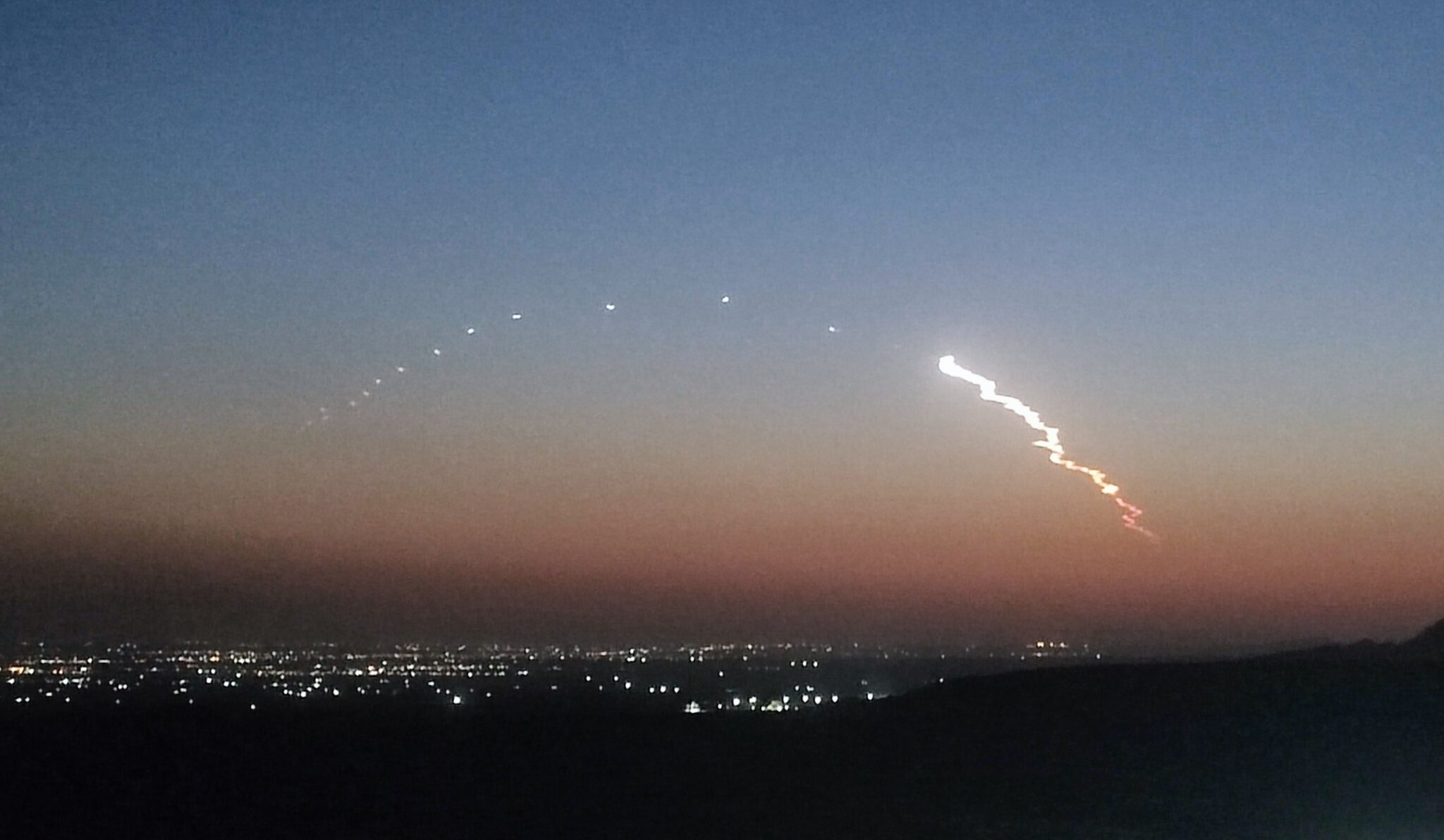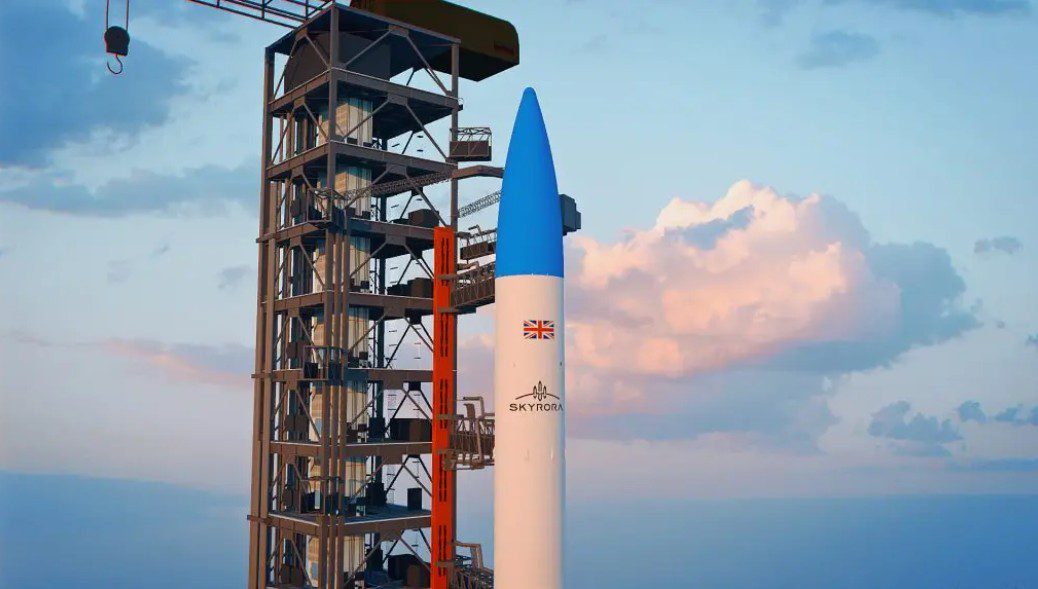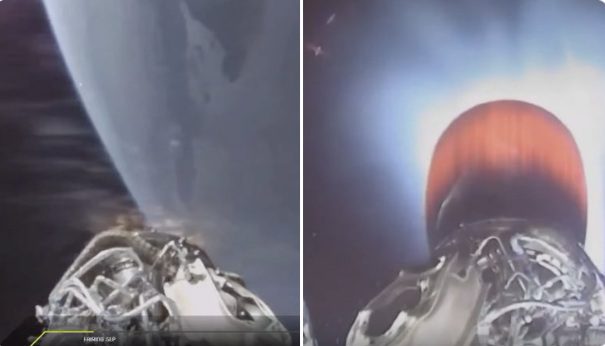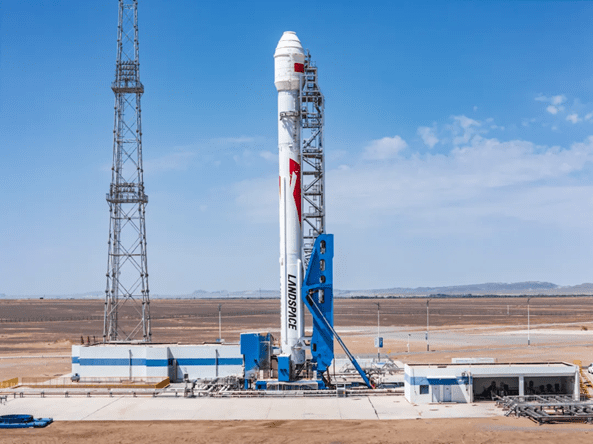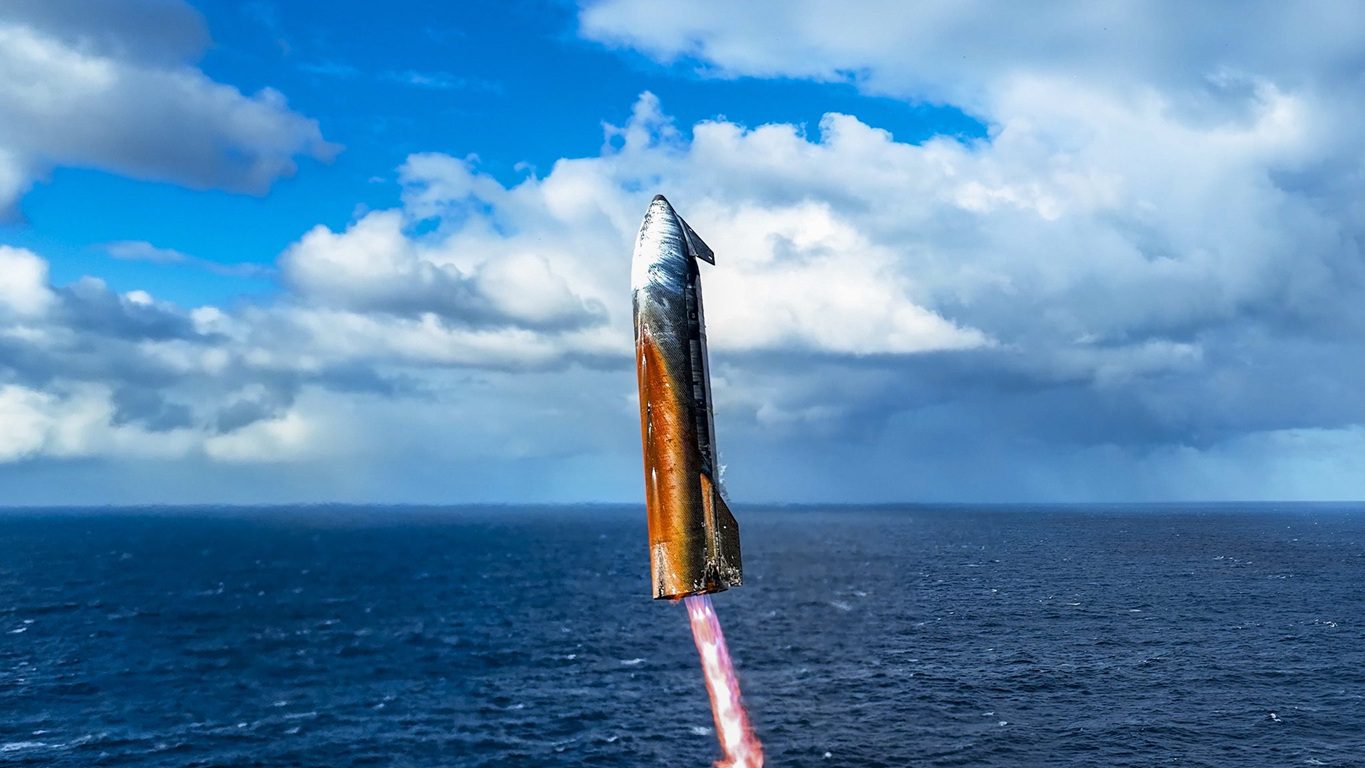After a series of delays variously involving upper-level winds, straying boats, propellant loading faults and a related low-thrust abort, the Falcon 9 Full Thrust rocket finally lit up the skies over Florida as it took off from Cape Canaveral at 2335 GMT on 4 March 2015. On board was the SES-9 commercial communications satellite, which was being injected into a super-synchronous transfer orbit on its way to Geostationary Earth Orbit (GEO). The main part of the flight reportedly went well, with SpaceX leader Elon Musk reporting that the spacecraft was injected into its 40,600km apogee as planned.
The secondary objective of the flight ended in yet another failure. The plan was to attempt to land the reusable first stage on a barge situated in the North Atlantic ocean about 400 miles east of Cape Canaveral. However, the down-range landing attempt ended in a very hard destructive landing on the “autonomous drone” barge. The rocket stage reportedly ran out of propellants just before landing, despite the super-cooled oxygen densification technique, due to heavy propellant use during its re-entry/atmospheric passage, and due to the fact that the client had wanted a super-synchronous transfer orbit delivery. So far only one operational Falcon 9 first-stage landing has been successful, and that was onto a solid ground pad back at Cape Canaveral, rather than on a barge down range.
The safely delivered SES-9 satellite, launched on behalf of the global satellite operator, SES, uses a chemical bi-propellant apogee kick motor to conduct its major post-launch orbital positioning to its GEO location in a circular orbit at 36,000km above the equator. The on-orbit manoeuvring throughout the 15-year nominal lifetime of the satellite will be done entirely by electric propulsion thrusters. SES-9 is planned to commence service in the third quarter of this year. It is SES’s largest satellite to serve the Asia-Pacific region. It weighed 5.3 metric tons at the launch and has 57 high-power Ku-band transponders – equivalent to 81×36 MHz transponders. Communication services will be provided across Northeast Asia, South Asia, India, Indonesia and the Philippines. SES-9 will be co-located with another SES satellite, SES-7, at the prime orbital location of 108.2 degrees East and will replace the NSS-11 spacecraft at that position. SES-9 was built by Boeing Satellite Systems International.

